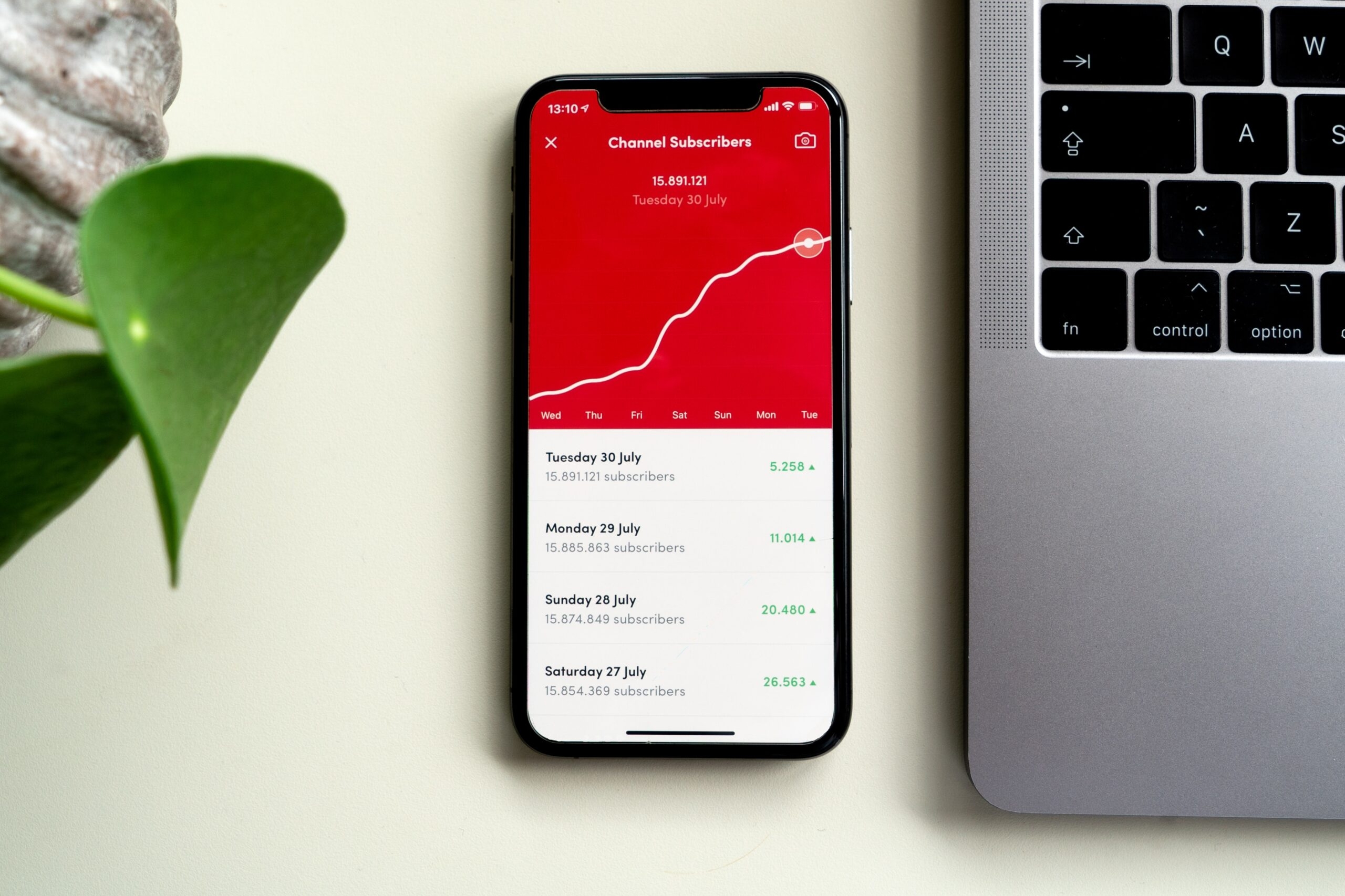Measuring UX Impact: 5 Ways to Measure Success
Why is measuring UX important?
Measuring UX (User Experience) impact is essential to evaluating the success of your UX optimisations across your website or app as it provides tangible evidence as to how well a product meets user needs and expectations. How do you know your UX efforts are working without being able to measure them? By quantifying metrics such as user satisfaction, conversion rates, retention and other usability metrics, businesses can identify areas for improvement and make informed decisions on how to enhance their user experience.
74% of people are more likely to return to a mobile-friendly site, and 67% are more likely to buy a product or service from such a site - linearity.io

5 Methods and Metrics to Measure UX Impact
1. Usability Testing
Usability testing is a commonly used method of measuring the impact of your current user experience. This method involves observing real life users as they interact and engage with your product or interface to identify usability issues and address them. Metrics which can be used such as task success rate will help businesses measure the percentage of users who complete specific tasks successfully without errors or assistance, which can help to identify how optimised your current experience is. Similarly, time on task indicates how long it takes users to accomplish tasks, with shorter times suggesting better usability. By allowing users to be observed, usability testing help uncover usability issues and roadblocks within your current set up. Error rates can also help to quantify the frequency and severity of user errors across your site or app during task completion, highlighting areas for improvement in UX design, for example this could be how many times a cart was abandoned or form not filled in.

2. User Satisfaction Surveys
User satisfaction surveys are a great way to gather feedback directly from your users to assess their overall satisfaction with your website or app’s UX. Gaining feedback from the people who use your business is one of the best ways to determine the overall satisfaction and success of your business and your user experience. Often businesses can provide user surveys across their website or application to gauge the effectiveness of their current offering. Here’s a few other ways surveys can be used to gain valuable feedback on your user experience:
Net Promoter Score (NPS): measures the likelihood of users to recommend your business to other people, which provides insights into brand advocacy and loyalty through further questioning and points scoring systems. Although not often used for specific parts of your UX, it can help to gauge the overall level of satisfaction.
System Usability Scale (SUS): provides a standardised questionnaire which evaluates the perceived usability of your website, with higher scores indicating better UX and lower scores indicating worse UX. This is a great way to gain quick and valuable feedback across a large audience.
Q&A’s : Asking for feedback around specific parts of a website or app to understand the usability of a certain feature or functionality.
3. Conversion Rate
The conversion rate enables businesses to measure the percentage of users who complete a desired action across your site or app against the amount of visitors you receive, such as:
- Making a purchase
- Signing up for a service
- Filling out a form
- Clicking a contact button or CTA
By using this metric across your products and services available will enable you to identify weak CTAs and area for improvement.
Optimisations in UX design can lead to higher conversion rates by reducing friction in the user journey across key pages which users convert on. This can be achieved by optimising different call-to-actions across your site, and enhancing the overall user experience through easier to navigate pages and clear messaging. , ultimately driving business growth and revenue.

4. Retention and Churn
User retention refers to the ability of a website or app to retain existing users over time across their site for longer and to gain return visitors, while churn rate measures the rate at which users discontinue their usage of the website or app, which is also commonly known as the bounce rate (a user leaving a site without engaging with any content, often straight after landing on your site).
Monitoring the retention and churn rates is a good way for businesses to gauge the stickiness of their product and identify potential UX barriers and issues that may lead to user attrition. Other types of analysis such as cohort analysis can be utilised to segment users based on specific characteristics or behaviours to highlight patterns and trends in retention and churn rates amongst users of the same attributes and types. This could help identify issues with things such as content and the relevance of the page to certain demographics or types of user.
5. A/B Testing
A/B testing is a powerful tool in UX design and in allowing designers to measure the impact of changes to the user experience across your site. A/B testing is achieved by presenting two different versions (A and B) of a design or piece of content to a variety of different user groups. The results of each version are then compared across different performance metrics, such as click-through rates or conversion rates, which then allow UX designers to assess which version provides a better user experience overall. This method provides valuable insights into how design changes effect user behavior, helping businesses make data-driven decisions to optimise their UX. Through A/B testing, businesses can experiment with different elements of the user interface, such as layouts, colour schemes, button and CTA placement, or content variations.

Conclusion
By monitoring and analysing these key metrics, KPIs and utilising different data collection methods, businesses can gain actionable insights into the effectiveness of their UX design efforts and prioritise improvements to enhance user satisfaction, drive conversions, and create long-term user engagement.
More interesting content...
Like this story? Share it on your social media...
For more of the latest content, why not subscribe to our mailing list...






